Kinver
At last we’ve managed to be in Kinver when the Rock Houses are actually open to the public. At this time of year they are only open Thursday to Sunday.
The walk up to the rocky outcrop takes you up Stone Lane where houses sit on the red sand stone, garden paths have been carved though it and you dice with death when the pavement vanishes and the road narrows. We survived despite drivers only looking for cars.
White washed walls and bent brick chimney stacks sit high above. With the sun out there were plenty of people about, so we followed up the path to the houses.
We’d let our National Trust membership lapse and had had long debates as to whether to join again. I’d totted up the entrance fees for places we are likely to pass this year, they amounted to two thirds of joint membership, would it be worth it? Well knowing us when considering visiting somewhere we would be put off by the fees at some of the bigger houses, so we decided to bite the bullet and join again. We now have to make the most of it. The chap took our details and handed us our receipt which should gain us entrance until we receive our cards.
The Holy Austin Rock Houses sit carved into the red sandstone. The stone is so soft that it was easily worked by hand to create rooms, doorways and windows. The first formal record of the Rock Houses dates from 1777 in a book by Joseph Healey. Whilst walking along the edge of the cliffs he was caught in a thunderstorm, he feared for his life and clambered down the rock face towards where he could see smoke rising. Here he was offered shelter and was amazed at how clean and cosy the houses were. In 1830 six families were recorded to be living in the rock, the houses were passed down from generation to generation, The Shaw family being resident for some 150 years.
Living on the edge of the countryside they avoided much of the pollution from the industrial revolution, the families tended to live longer lives than those who toiled in the local iron works
Towards the end of the 19th Century local industry died and many people were forced to seek work nearer to Birmingham. Kinver revitalised itself when wealthy business men moved out to the countryside, in 1901 a light railway (more a tramway) linked Kinver to Stourbridge bringing day trippers. The families in the houses took advantage of the tourists visits, inviting them in and offering them tea and cakes, one young girl seemed to be constantly baking to keep up with the demand from the curious town dwellers. J.R.Tolkein most probably visited around this time and it is thought that the houses gave him the inspiration for the Hobbit Holes, descriptions of Bag End being very similar to that of the houses and gardens at the time (Link to article).
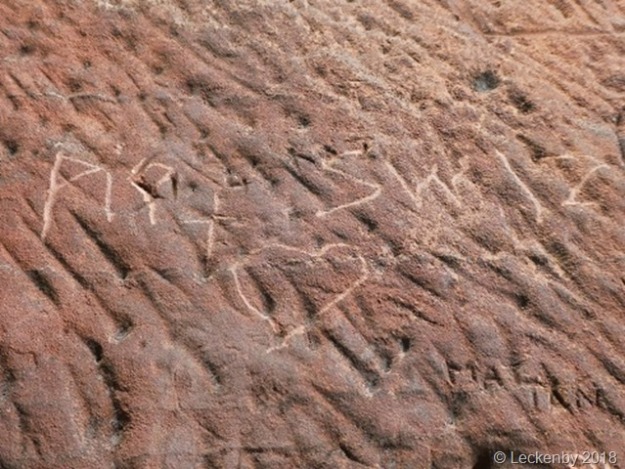 By the 30’s the houses had been connected to the local gas supply, but people were moving away. The last family moved out shortly before the outbreak of WW2. A small cafe stayed open through to 1967, but then the site was abandoned. The houses became unsafe and vandalised, the amount of names carved into the surfaces resembles hieroglyphics. For safety they ended up being cut off which most probably saved them for future generations. The remains were taken over by the National Trust who had to demolish some of the dwellings as they were too far gone by 1989. By 1992 a restoration project was set up.
By the 30’s the houses had been connected to the local gas supply, but people were moving away. The last family moved out shortly before the outbreak of WW2. A small cafe stayed open through to 1967, but then the site was abandoned. The houses became unsafe and vandalised, the amount of names carved into the surfaces resembles hieroglyphics. For safety they ended up being cut off which most probably saved them for future generations. The remains were taken over by the National Trust who had to demolish some of the dwellings as they were too far gone by 1989. By 1992 a restoration project was set up.
There are two houses laid out on display, large rooms with stoves to keep them cosy. The only inhabitants now a colony of Lesser Horseshoe Bats, a vulnerable species. A cafe sits high above in three rebuilt cottages.
Once we’d looked round the houses it was time for some sunlight and views. Many paths cover the hill top and we followed one up to above the houses. From here we could see for miles and miles. Malvern, Wolverhampton and many places were in view today. The paths were full of walkers enjoying the first glimpse of spring that we’ve had. Grandad was helping (or not) two young girls to raise kites.
We walked round the purple route following the arrows, these however seem to take you on a bit of a further route than is marked on the map we had, so we took a short cut down into the valley below to find Nanny’s Rock. Here another rocky outcrop sits with it’s caves that you can climb through giving views out over the woodland. Numerous names have been added to the walls here too.
 With it being a sunny day and we’d walked up and down steep inclines we deserved a treat. There was a dispensing van near to the houses but the variety wasn’t so good. So we stopped off at the Co-op and then found a bench to enjoy our medication.
With it being a sunny day and we’d walked up and down steep inclines we deserved a treat. There was a dispensing van near to the houses but the variety wasn’t so good. So we stopped off at the Co-op and then found a bench to enjoy our medication.
When we opened the doors to the boat the smell of slowly cooking pork met us. It was a tasty joint, but sadly we’d picked one without much potential for crackling.
0 locks, 0 miles, 1 very sunny day, 2 dices with death, 2 cosy houses, 3 squirrel stoves, 17,000 visitors, 150 cakes a year, 150 years residency, 1 joint membership, 360 degrees, 2 chilled medication (the new praline is very nice), 7 hours on the low stove, 2 hours tree climbing and river jumping.

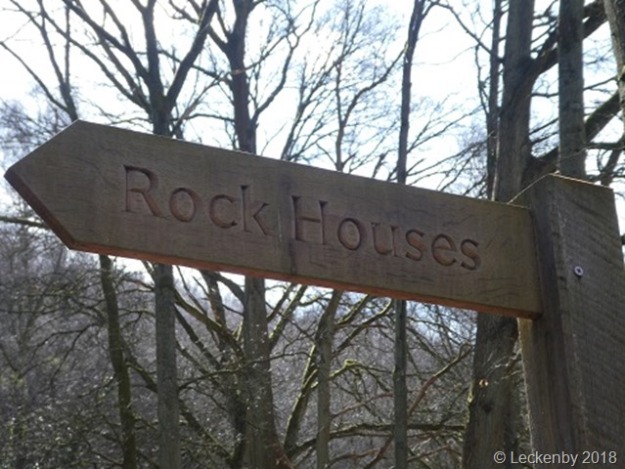
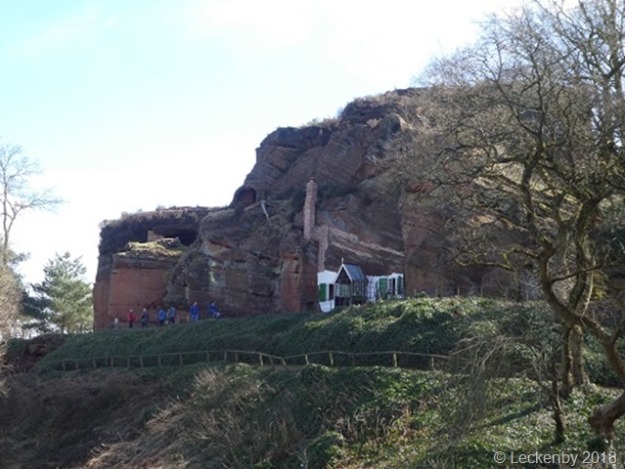
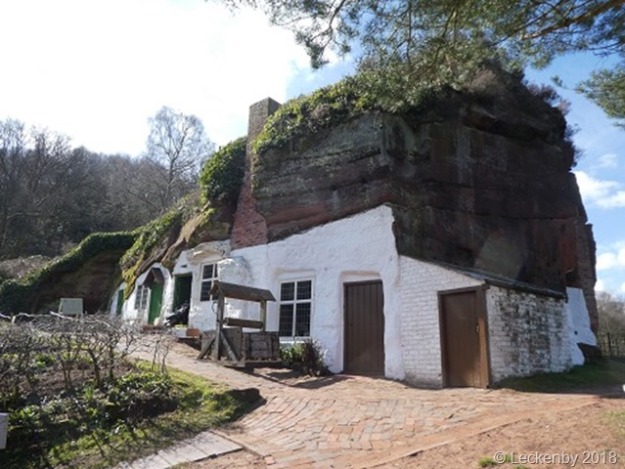
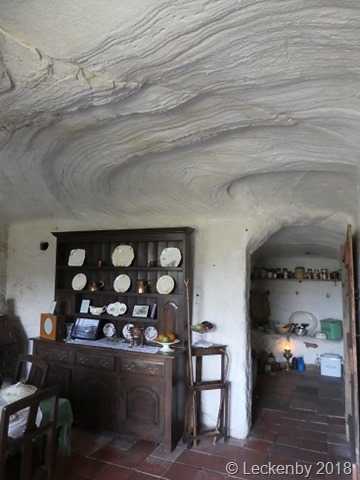
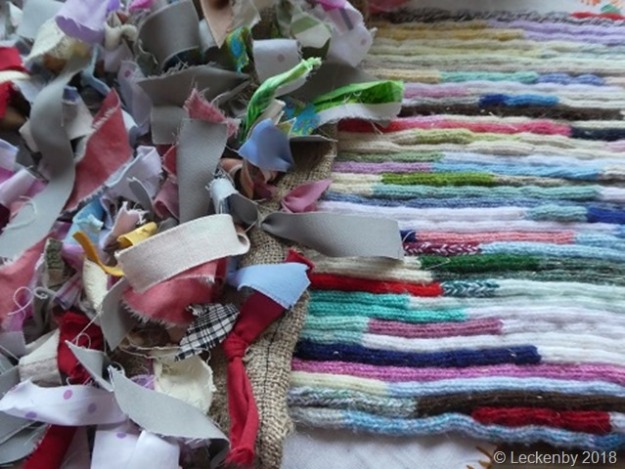
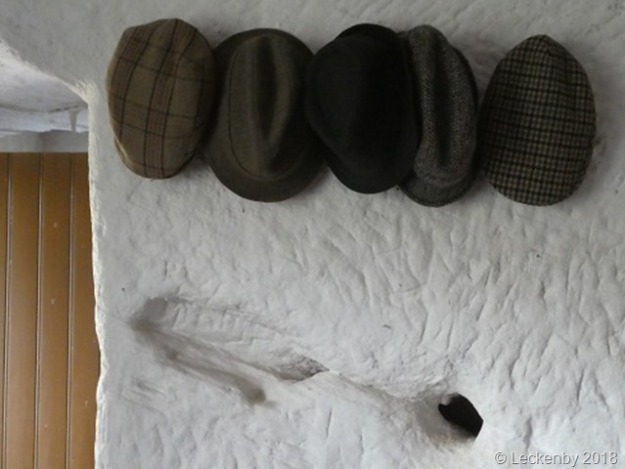
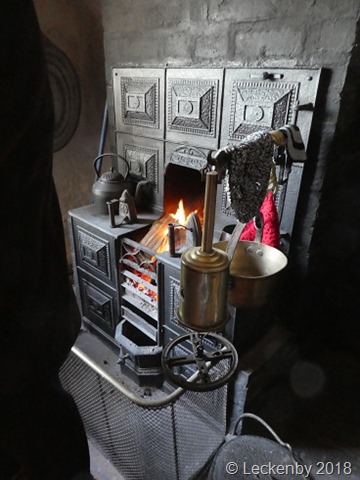
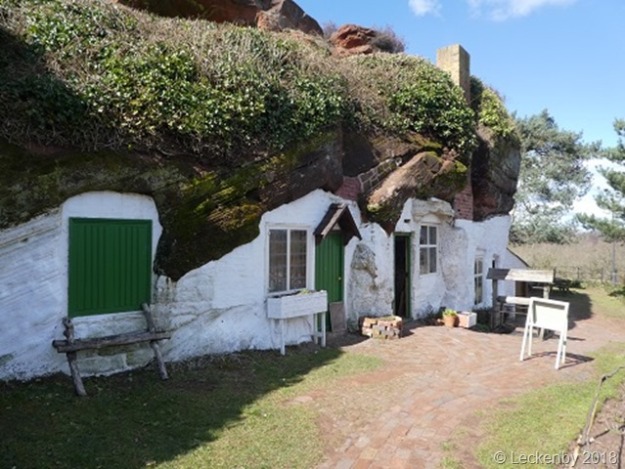
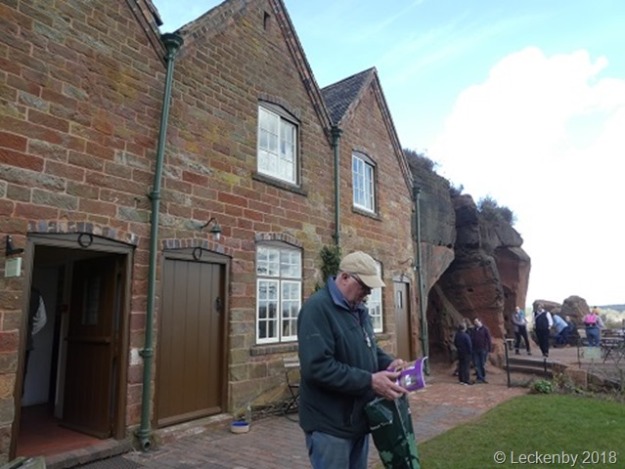

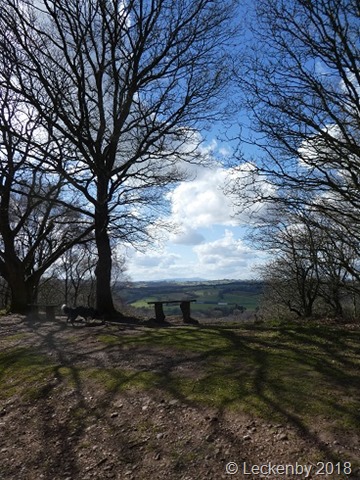
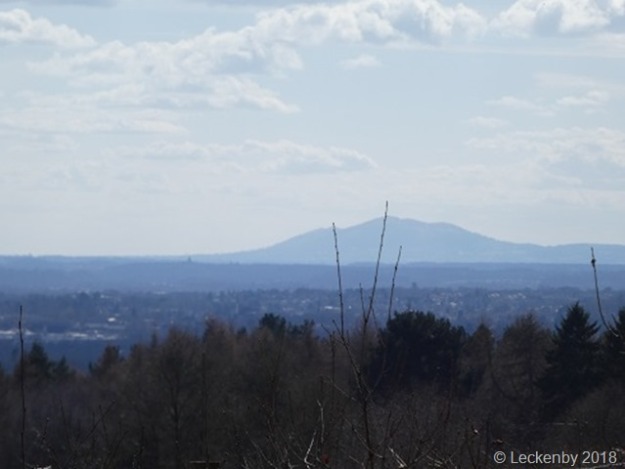
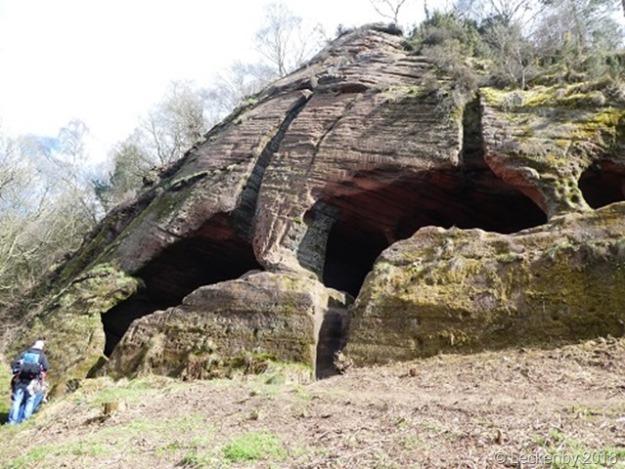
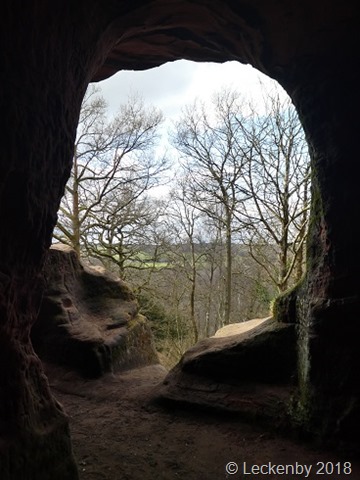
Troglodytes live in caves, did you meet any?Fascinating to see the pictures :)Jen
Hi Jennifer, There was a lady who seemed to have taken route in one of the houses, she told us more about her family than anything about the houses and troglodytes that lived there!Pip
really fascinating place. I've seen some homes in rocks when we went to Italy last year but these were much cosier. Christine